Late ripe cabbage hybrid Kolobok f1 for winter storage
Cabbage is one of the most common vegetable crops valued for its high vitamin and mineral content. It is used not only for food, but also in folk medicine. Many people grow cabbage to salt it, pickle it, keep it fresh all winter. Not all varieties are suitable for this, but only those intended for long-term storage. In this article you will find a description and a photo of white cabbage Kolobok F1.
The content of the article
Description of cabbage Kolobok F1
The F1 gingerbread man is a late-ripening hybrid that is ideally stored throughout the winter. Suitable for growing in central Russia, Kazakhstan, Moldova, Georgia, Ukraine.
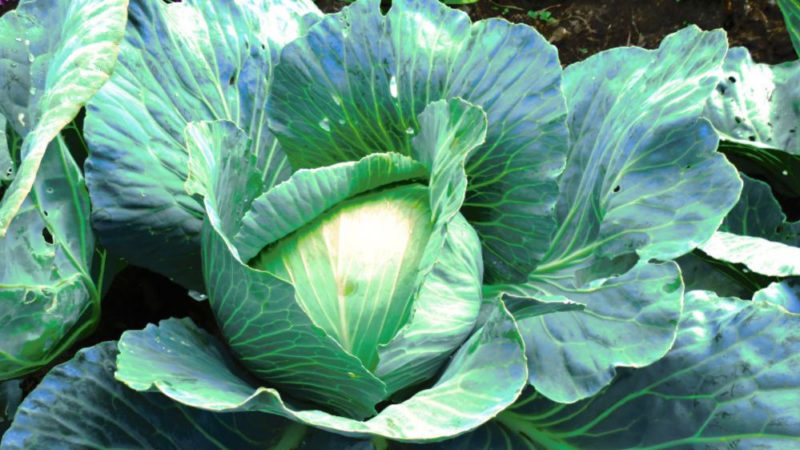
Origin and development
The hybrid was bred in the 90s in Moscow by the selection station of N.N. Timofeev. Included in the State Register of Breeding Achievements of the Russian Federation in 1994.
Breeding history
Got a Kolobok F1 as a result of crossing the varieties Slava and Belorusskaya. Specialists of the selection station of N.N. Timofeeva sowed parental seeds from the beginning of summer in a special nursery, then transplanted them into the subtropical regions of the Republic of Dagestan, and later sent them to winter in the field.
Chemical composition and useful properties
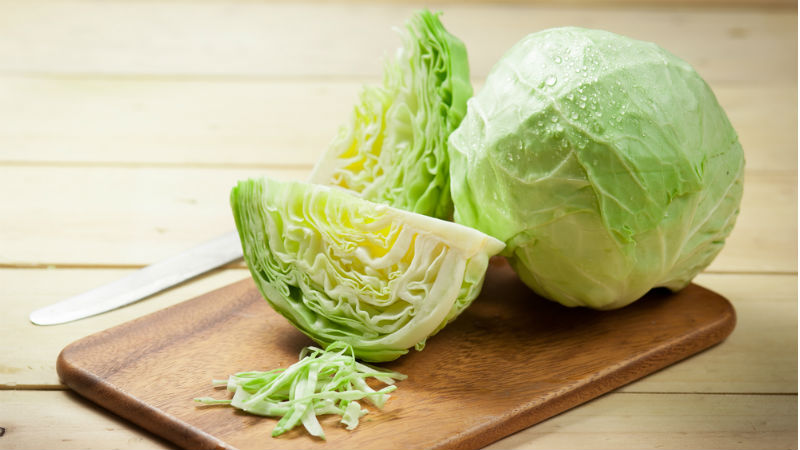
100 g of the product accounts for:
- 5.8 g carbohydrates;
- 0.3 g fat;
- 1.28 g protein;
- 3-5% sugar;
- 0.1-0.5% starch;
- 0.5% hemicellulose;
- 0.5-1.1% fiber;
- 0.3-2.4% pectin substances;
- 90.4 g water;
- 2 g fiber;
- 0.3 g of organic acids.
Calorie content - 27 kcal.
White cabbage contains:
- vitamin C - 30 mg / 100 g;
- thiamine - 0.6-2.4 mg / kg wet matter;
- riboflavin - 0.3-1.2 mg / kg;
- niacin - 2.1-11.0 mg / kg;
- pantothenic acid - 1.8 mg / kg;
- phylloquinone - 20-40 mg / kg;
- vitamin U.
The chemical composition of cabbage varies depending on the cultivation technology and weather conditions.
Reference. From others varieties Gingerbread man has a high glucose content, therefore it has a sweet taste without bitterness.
Cabbage improves the functioning of the cardiovascular, digestive, immune and endocrine systems, and reduces the risk of cancer. It is low-calorie, protects the liver, normalizes blood cholesterol levels, therefore it is used in dietary nutrition.
Application features
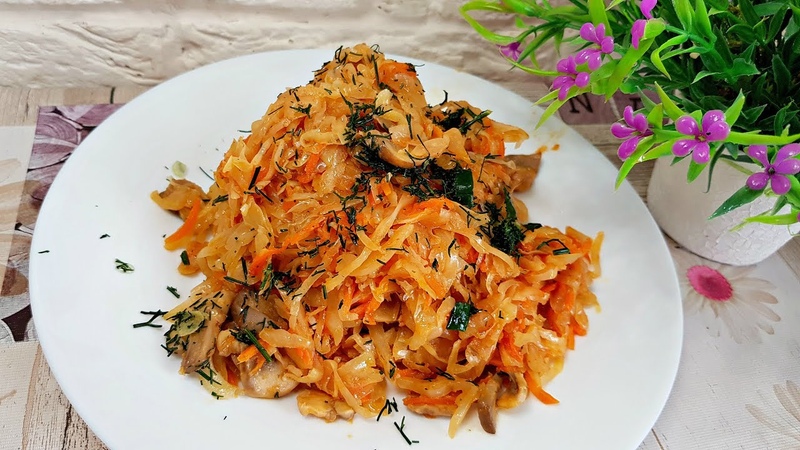
Fresh cabbage is eaten, harvested for the winter and subjected to heat treatment. There are many recipes salting vegetable with carrots, beets, bell peppers, salt and spices. Many people love cabbage rolls stew cabbage with other vegetables and meat, borsch, cabbage soup.
It is interesting:
Is it possible to eat stewed cabbage while breastfeeding and will it harm the baby
Ripening period and yield
This variety is characterized by simultaneous ripening 140-145 days after planting in the ground.
From 1 sq. m harvested more than 10 kg of cabbage. The main thing is to choose the right place for planting, grow good seedlings and provide proper care.
Resistance to disease and cold
The hybrid is immune to all types of rot, necrosis, Fusarium, Alternaria. Slugs and aphids attack the Kolobok very rarely, but the cabbage scoop is dangerous. Its caterpillars destroy leaves and forks.
The hybrid can withstand temperatures down to -5 ° C, but if the heads of cabbage freeze, they will be poorly stored. Therefore, it is advised to harvest the crop before the first frost.
Description of appearance and taste
The height of the ripe cabbage reaches 40 cm, the diameter of the cabbage is 50 cm. The stump is short, small in size. Leaves with a waxy bloom, bright green, light yellow in section, juicy. Weight reaches 5 kg, heads of cabbage are dense and round. The cabbage tastes sweet, there is no bitterness.
Advantages and disadvantages of the Kolobok F1 hybrid
The advantages include a long shelf life - about 6-8 months, good transportability, versatility in use. The vegetable is consumed fresh, salted, pickled, stewed.
The disadvantages include the exactingness of soil moisture and top dressing.
Difference from other varieties and hybrids
The main difference is resistance to various types of rot, fusarium, mucous and vascular bacteriosis. The hybrid is characterized by amicable ripening and large heads of cabbage - up to 5 kg.
Features of planting and growing
To get a good harvest, cabbage is planted in well-lit areas. With a lack of light, heads of cabbage grow small and unformed.
Grown both seedlings and seedlings.
Preparing for landing
To prepare for planting, it is important to properly seed and mix the soil.
Seed preparation
For disinfection, seeds are immersed in hot water for 15-20 minutes, then for another 5 in cold water. Those that have sunk to the bottom are thoroughly dried, and those that remain on the surface of the water are thrown away - their germination is minimal.
Seedling preparation

First, prepare the soil. Take 1/7 of peat, 1/2 humus, 1/1 mullein, 1/1 turf. The store sells ready-made mixtures for growing cabbage seedlings. The main thing is that the soil is not sour. The ideal pH is 5.5.
Seeds prepared in advance are sown in moistened soil to a depth of 0.5 cm. At the first shoots, the seedlings are transferred to a cool place with a temperature of + 8 ... + 12 ° C, after which it is gradually increased to + 20 ° C.
They dive after the first true leaves appear. A week later, the first fertilizer is applied - 20 g of manure per 1 liter of water. Seedlings with 5-6 leaves are planted, which have reached the age of 40-50 days.
How to make a seedless plant
In mid-May, the beds are prepared. 2-3 seeds are placed in one hole to a depth of 1-2 cm. Then they are covered with foil or glass. When 2 true leaves appear, the weak shoots are removed, leaving the strongest one. The main advantage of this method is to obtain strong, healthy seedlings that will withstand transplantation.
Ground requirements
The soil for the cabbage should be neutral. For this, the soil is prepared in advance, lime is added to it for deoxidation, chalk or ash.
Important! Remember to disinfect the soil before planting seedlings. To do this, it is enough to freeze it or spill it with boiling water.
Predecessors
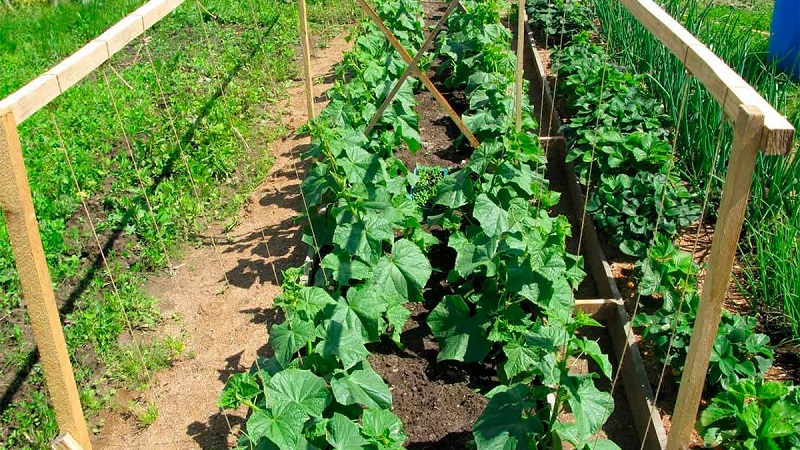
The best predecessors are:
- cucumbers;
- onion;
- potatoes;
- rye;
- carrot;
- legumes.
Do not plant cabbage after:
- beets;
- tomatoes;
- radish;
- radish.
It is interesting:
Timing, scheme and landing rules
Seeds are planted in the ground in early May, and seedlings in the middle. The optimal distance is 70 by 70 cm. It is better to prepare the beds in the fall and add lime or ash to the ground to ensure the required acidity.
When growing seedlings, the seeds are buried by 0.5-1 cm, when they are planted directly into the ground - by 2 cm, lightly sprinkling with earth.
Growing features
The culture needs regular watering, loosening, weeding and fertilization.
It is very important not to pour the cabbage or subject it to prolonged drought.
Watering mode
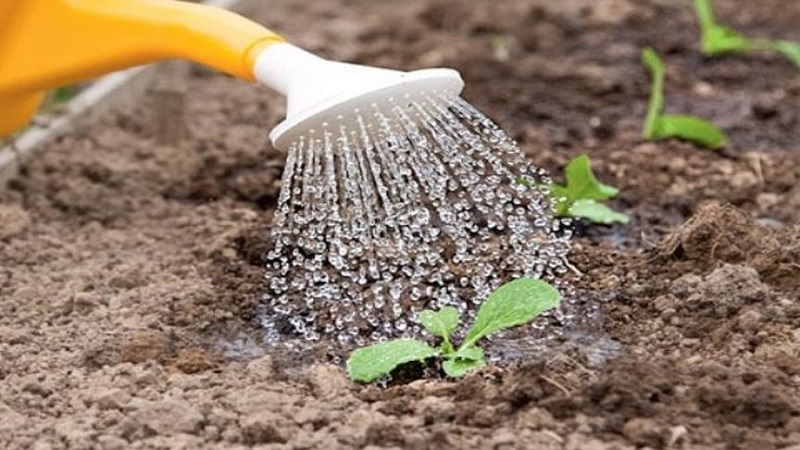
It is better to water the cabbage in the morning or evening at the root.It is important not to allow excessive waterlogging and drying out. Water for irrigation should be warm and settled.
Watering mode:
- Immediately after disembarkation - every other day, 2-3 liters per bush. Further - every 3 days, until the seedlings get stronger.
- When the seedlings are formed, watered about 2 times a week, 5-6 liters under a bush.
- When the forks begin to tie, up to 10 liters are poured under one bush.
- Watering is stopped 2 weeks before harvesting.
Loosening and hilling
Periodically, the soil is loosened to prevent fungal diseases. The wells are preserved so that when watering, the water nourishes the cabbage, and not the space between plantings.
Top dressing
Fertilizers are applied up to 4 times:
- On the 14th day after planting in the ground - 500 ml of mullein, 20 g of saltpeter and 3 g of urea per 10 liters of water.
- On day 30 - 30 g of urea, 200 g of ash, 500 g of chicken manure per 10 liters of water.
- On the 45th day - 30 g of superphosphate, 500 g of mullein, 20 g of nitrate per 10 liters of water.
- 20 days before collection - 200 g of ash, 40 g of potassium sulfate per 10 liters of water.
Measures to increase the yield
To increase the yield, it is very important to follow all the recommendations for watering, fertilizing and loosening, as well as to protect the seedlings from pests and diseases.
Disease and pest control
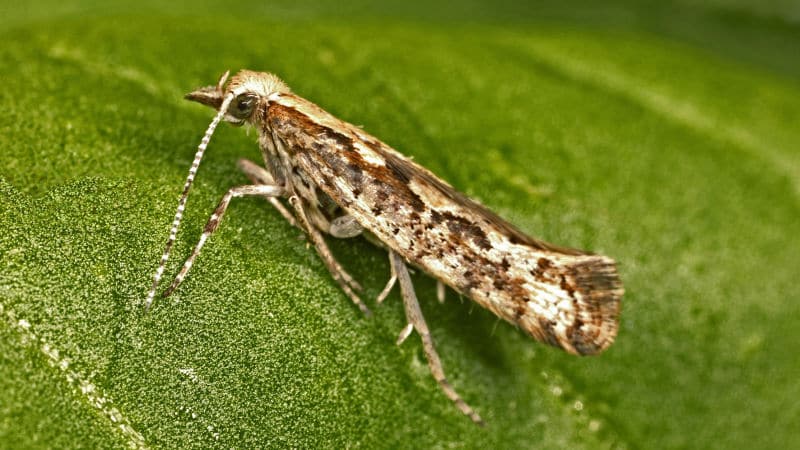
Pests that attack the culture:
- Cabbage moth. Eats up an outlet. They are treated with "Lepidocide", "Bitoxibacillin", "Kinmiks".
- Cabbage fly. Damages roots. Treatment is carried out with thiophos emulsion or chlorophos solution.
- Cruciferous flea and slugs. They feed on leaves. The slugs are harvested by hand, the plant is pollinated with ash, sprayed with "Bankol", "Carat" or "Decis".
Diseases affecting cabbage:
- Gray rot. Heads of cabbage are covered with a brown bloom. Before collection, they are cleaned of diseased leaves.
- Blackleg. The stem darkens at the root. During the growing period, seedlings are treated with a 1% solution of Bordeaux liquid, a solution of copper sulfate or potassium permanganate - 5 g per 10 liters of water.
- Mucous bacteriosis. The lower leaves and head of cabbage rot. For prevention, the watering regime is observed.
Growing difficulties
Difficulties arise when summers are very cool or hot. Then you need to adjust the irrigation regime and loosen the soil more often to prevent rotting.
Harvesting and storage
The crop is harvested in dry weather about 3.5 months after planting. The degree of maturity is determined by touch: the heads of cabbage are firm, resilient, have stopped growing green mass, and the lower leaves have begun to turn yellow. If not harvested in time, the forks will start to crack.

Features of storage and keeping quality of hybrid Kolobok F1
Stored up to 6-8 months. When harvesting, the cabbage is cut at the base, leaving about 2 cm of stumps and a few leaves. Intact specimens are chosen, stored in a dark and cool place. There are several ways:
- Store in boxes, laying heads of cabbage so that they do not come into contact with each other.
- Suspended by a stump.
- Sent to the vegetable compartment of the refrigerator.
- They are laid out on the shelves with the stump up, wrapped in paper.
- They are immersed in the sand with a stump.
Reviews of experienced gardeners
Gardeners, who have already grown and tasted the Kolobok F1 hybrid, speak positively about it, noting good keeping quality, unpretentiousness to soil and climate.
Anna, Pskov region: “I like this variety most of all because it is well kept fresh until spring. We keep some of the cabbage in the refrigerator, and some in the basement. With this variety, everything is always fine. Throw out a few top leaves, but the middle is always good, of high quality. "
Natalia, Nizhny Novgorod: "I have been doing gardening and horticulture for many years. I have tried many different varieties of cabbage. Once I saw a photo and read a description of the F1 Kolobok cabbage variety, tried it, and now from year to year I plant this late ripening cabbage. The heads of cabbage are very dense, stored until the next harvest. The hybrid is undemanding to soil and weather conditions. It is better to eat this cabbage after the New Year. It's tough in autumn. "
Conclusion
Every year the breeders delight us with new hybrids, but the F1 Kolobok remained one of the best in its varietal and taste qualities. He will delight not only in the fall, but also feed until the next harvest, saturate the body with the necessary substances, strengthen immunity and protect against many diseases.